Tesla, Inc., founded in 2003 by Elon Musk, Martin Eberhard, Marc Tarpenning, JB Straubel, and Ian Wright, is an American technology and automotive company that has become one of the world’s leading firms in environmentally friendly technology and innovation. The company aims to accelerate the transition to sustainable energy through its electric vehicles (EVs), energy storage solutions, and artificial intelligence technologies. Elon Musk played a pivotal role by investing in Tesla early on and taking a key leadership position, which helped the company become a global brand.
This article will provide a detailed examination of Tesla’s product range, particularly focusing on its electric vehicles in the automotive sector and AI-based robotics technologies.
Electric Vehicles: The Pinnacle of Performance and Technology
Tesla has played a pioneering role in the electric automobile market, creating a profound transformation in the industry. Each model stands out with its innovative design, superior performance, and long-range capabilities.
Tesla’s Electric Vehicle Models
Tesla Model S
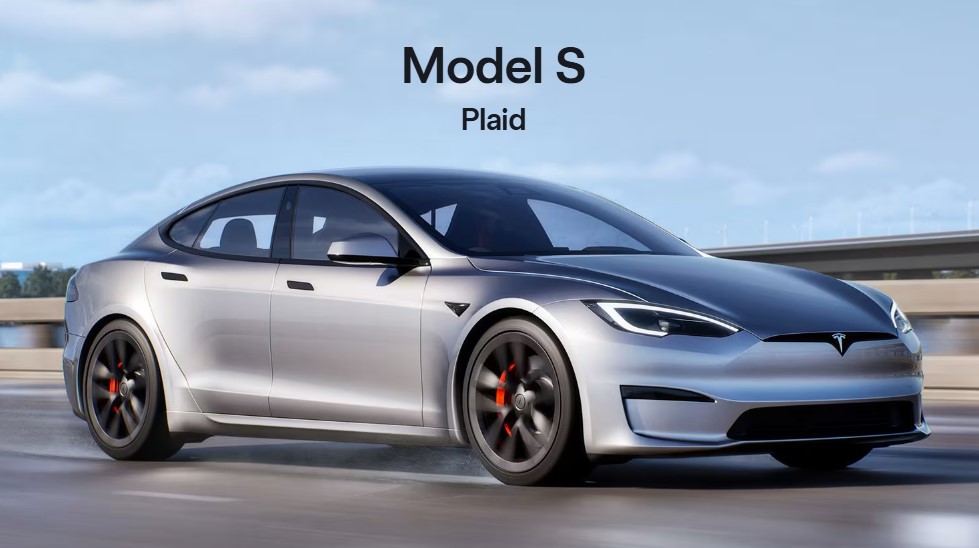
Released in 2012, the Model S is Tesla’s premium sedan model. Among electric vehicles, it stands out with its long range (over 400 miles), rapid acceleration (0-100 km/h in 2.1 seconds), and autonomous driving support.
| Specification | Details |
|---|---|
| Release Year | 2012 |
| Range (WLTP) | Over 400 miles |
| Acceleration (0-100 km/h) | 2.1 seconds |
| Top Speed | 250 km/h |
| Powertrain | Dual Motor |
| Vehicle Power | 670 hp |
| Drag Coefficient | 0.24 Cd |
| Curb Weight | 2,100 kg |
| Trunk Capacity | 793 liters |
| Energy Consumption | 15-18 kWh/100 km |
| CO2 Emissions | 0 g/km |
| Supercharging Speed | 250 kW |
| Warranty | 4 years or 80,000 km (Basic) |
| 8 years or 240,000 km (Battery/Drive Unit) |
Tesla Model 3
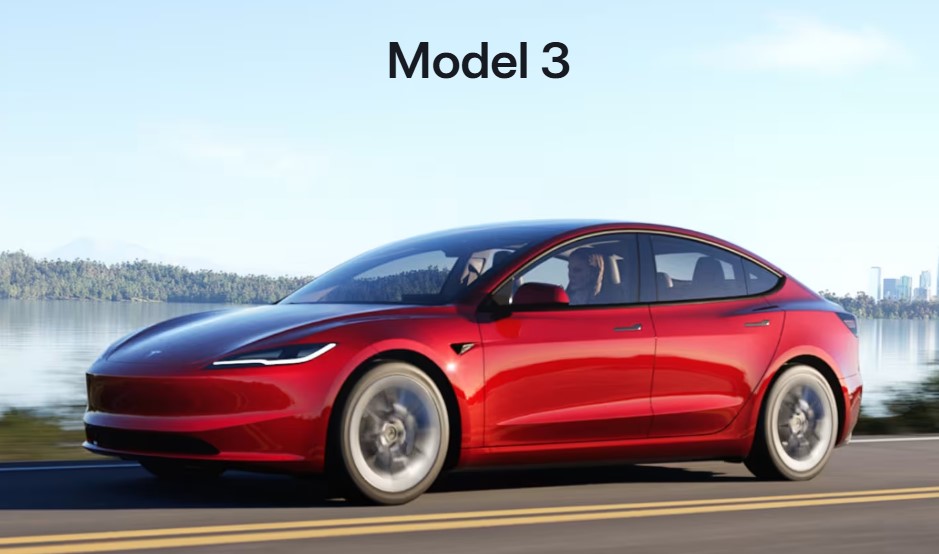
The more affordable option, the Model 3, has achieved Tesla’s goal of reaching a broader audience with its electric vehicles. It offers a range of over 350 miles and features advanced autonomous driving capabilities.
| Specification | Details |
|---|---|
| Release Year | 2017 |
| Range (WLTP) | 568 km |
| Acceleration (0-100 km/h) | 3.1 seconds |
| Top Speed | 225 km/h |
| Powertrain | Dual Motor |
| Vehicle Power | 462 hp |
| Drag Coefficient | 0.23 Cd |
| Curb Weight | 1,611 kg |
| Trunk Capacity | 425 liters |
| Energy Consumption | 14.7 kWh/100 km |
| CO2 Emissions | 0 g/km |
| Supercharging Speed | 250 kW |
| Warranty | 4 years or 80,000 km (Basic) |
| 8 years or 192,000 km (Battery/Drive Unit) |
Tesla Model X

The Model X, which falls within the SUV segment, stands out with its falcon wing doors and spacious interior. It also excels with its safety features.
| Specification | Details |
|---|---|
| Release Year | 2015 |
| Range (WLTP) | 561 km |
| Acceleration (0-100 km/h) | 3.8 seconds |
| Top Speed | 250 km/h |
| Powertrain | Dual Motor |
| Vehicle Power | 762 hp |
| Drag Coefficient | 0.24 Cd |
| Curb Weight | 2,500 kg |
| Trunk Capacity | 2,577 liters (seats folded) |
| Energy Consumption | 19.6 kWh/100 km |
| CO2 Emissions | 0 g/km |
| Supercharging Speed | 250 kW |
| Warranty | 4 years or 80,000 km (Basic) |
| 8 years or 240,000 km (Battery/Drive Unit) |
Tesla Model Y
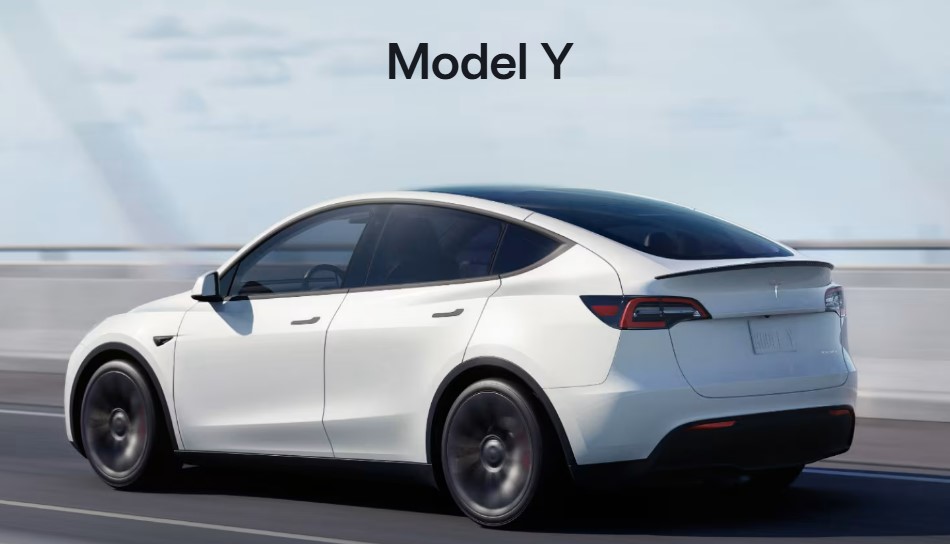
The Model Y, positioned in the crossover SUV segment, is based on the Model 3 platform. With its spacious interior suitable for families and advanced technologies, it is a highly popular model.
| Specification | Details |
|---|---|
| Release Year | 2020 |
| Range (WLTP) | 505 km |
| Acceleration (0-100 km/h) | 3.7 seconds |
| Top Speed | 250 km/h |
| Powertrain | Dual Motor |
| Vehicle Power | 450 hp |
| Drag Coefficient | 0.23 Cd |
| Curb Weight | 1,900 kg |
| Trunk Capacity | 1,869 liters (seats folded) |
| Energy Consumption | 16.4 kWh/100 km |
| CO2 Emissions | 0 g/km |
| Supercharging Speed | 250 kW |
| Warranty | 4 years or 80,000 km (Basic) |
| 8 years or 192,000 km (Battery/Drive Unit) |
Tesla Roadster

The Roadster, in the sports car segment, is Tesla’s fastest model, offering a range of over 600 miles and accelerating from 0 to 100 km/h in 1.9 seconds.
| Specification | Details |
|---|---|
| Release Year | 2023 |
| Range (WLTP) | 1,000+ km |
| Acceleration (0-100 km/h) | 1.9 seconds |
| Top Speed | 400+ km/h |
| Powertrain | Tri-Motor |
| Vehicle Power | 1,000+ hp |
| Drag Coefficient | 0.208 Cd |
| Curb Weight | 1,850 kg (approx.) |
| Trunk Capacity | 200 liters (front and rear combined) |
| Energy Consumption | Estimated 15-16 kWh/100 km |
| CO2 Emissions | 0 g/km |
| Supercharging Speed | 250 kW |
| Warranty | 4 years or 80,000 km (Basic) |
| 8 years or 240,000 km (Battery/Drive Unit) |
Tesla Cybertruck
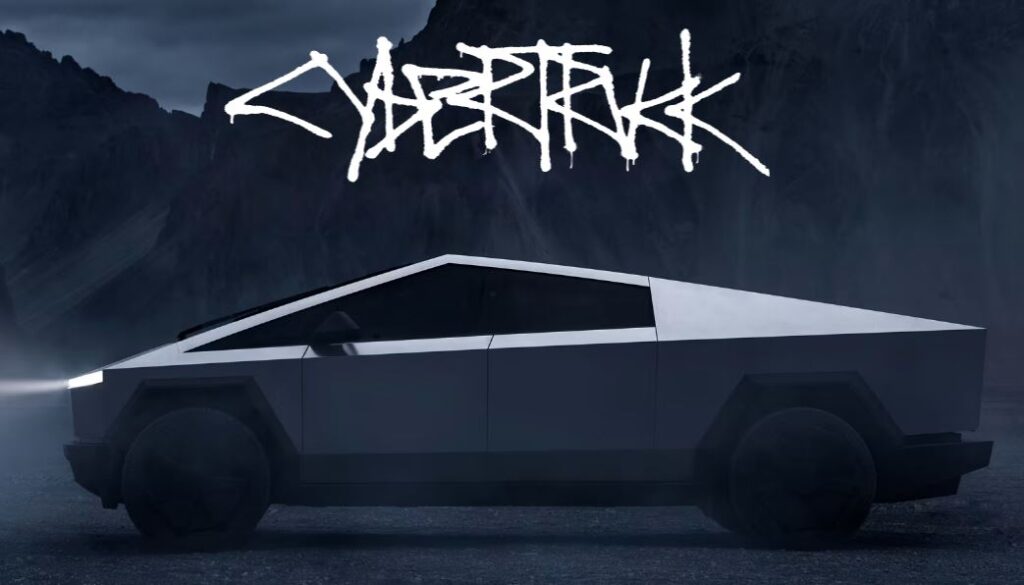
This futuristic electric pickup stands out with its durable stainless steel structure and high towing capacity.
| Specification | Details |
|---|---|
| Release Year | 2023 |
| Range (WLTP) | Over 800 km |
| Acceleration (0-100 km/h) | 2.9 seconds (tri-motor) |
| Top Speed | 210 km/h |
| Powertrain | Tri-Motor |
| Vehicle Power | 1,000+ hp |
| Drag Coefficient | 0.30 Cd |
| Curb Weight | Approximately 2,700 kg |
| Trunk Capacity | 2,832 liters |
| Energy Consumption | Estimated at 18 kWh/100 km |
| CO2 Emissions | 0 g/km |
| Supercharging Speed | 250 kW |
| Warranty | 4 years or 80,000 km (Basic) |
| 8 years or 240,000 km (Battery/Drive Unit) |
Tesla Semi

The Tesla Semi, offering an eco-friendly solution for commercial transportation, has revolutionized the logistics sector with its long range and low operating costs.
| Specification | Details |
|---|---|
| Release Year | Expected in 2026 |
| Range (WLTP) | 300 or 500 miles |
| Acceleration (0-60 mph) | 20 seconds (fully loaded) |
| Top Speed | Highway speed limit |
| Powertrain | 3 independent motors on rear axles |
| Energy Consumption | Less than 2 kWh per mile |
| Fuel Savings (est.) | Up to $200,000 over 3 years |
| Supercharging Speed | Up to 70% range in 30 minutes |
| Warranty | 4 years or 80,000 km (Basic) |
| 8 years or 240,000 km (Battery/Drive Unit) |
Tesla and Artificial Intelligence: Autonomous Driving and Robot Technologies
Among Tesla’s innovative technologies, ai-based autonomous driving systems and humanoid robots (“Tesla Bot”) play a significant role.
Autonomous Driving: Autopilot and Full Self-Driving
Tesla’s autonomous driving technologies are based on the company’s cutting-edge artificial intelligence infrastructure:
Autopilot: This system, available in all Tesla models, includes basic autonomous driving features such as lane tracking, lane changing, and adaptive speed control.
Full Self-Driving (FSD): Tesla aims to offer a fully autonomous driving experience with the FSD software, allowing the vehicle to drive itself. The system has features like traffic light and stop sign detection and the ability to summon the car from a parking space.
Tesla Bot (Optimus): Humanoid Robot Technology
Tesla is pushing the boundaries of technology with its artificial intelligence-based humanoid robot project, Optimus. Introduced in 2021, this robot is designed to perform physically demanding, repetitive, or dangerous tasks.
- Physical Characteristics: Tesla Bot stands 1.73 meters tall and weighs 56 kg. It can move at a speed of 8 km/h and carry up to 20 kg.
- AI Capabilities: The artificial intelligence algorithms developed for Tesla’s autonomous driving systems have equipped Tesla Bot with the ability to perceive, make decisions, and move.
Optimus is a technology that is planned to be used in a wide range of fields, from industrial applications to domestic tasks.
Tesla’s Energy Solutions and Sustainability Vision
Tesla not only contributes to the automotive industry but also plays a role in promoting a sustainable future through its energy solutions. The company has developed various products and projects aimed at increasing the use of renewable energy sources.
Tesla Powerwall and Powerpack
Tesla Powerwall is an energy storage solution developed for homes. It works in conjunction with solar panels to store solar energy for use during power outages. Additionally, Powerpack is designed to meet the large-scale energy storage needs of commercial and industrial sectors.
Solar Roof
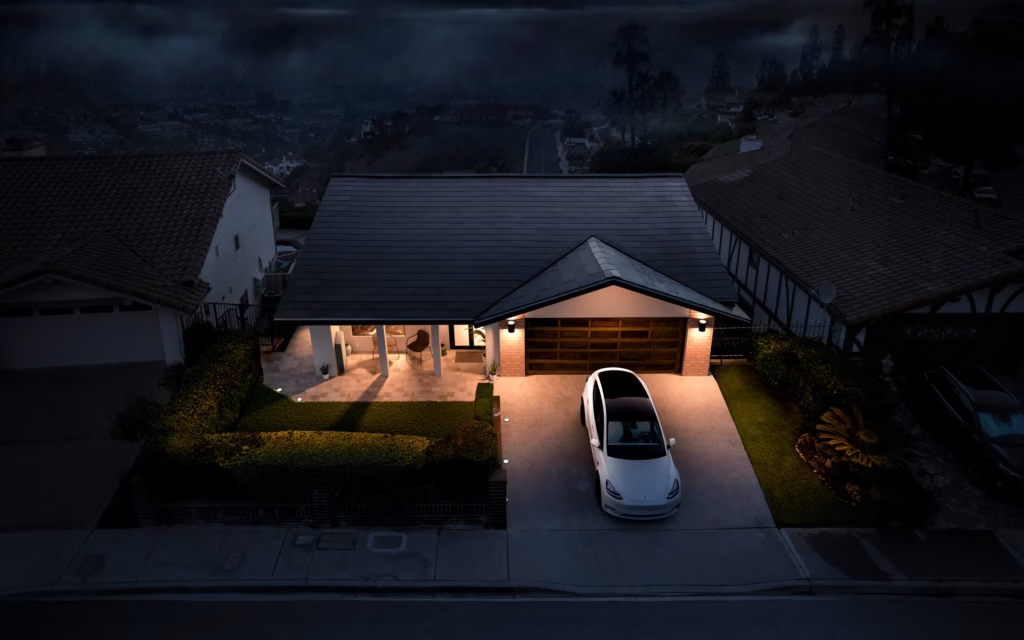
Tesla’s Solar Roof product, although similar in design to traditional roofing materials, can generate electricity due to the integrated solar panels. Its aesthetic design and energy efficiency have made it a pioneer in sustainable architecture.
Megapack

Megapack is Tesla’s largest energy storage solution and is designed to support electrical grids. Its large energy storage capacity aims to improve the efficiency of renewable energy plants and reduce carbon emissions.
Tesla’s Global Impact and Future Plans
Tesla not only stands out for its products but also for its environmental and social responsibility projects. The company is involved in numerous initiatives aimed at reducing dependency on fossil fuels and making the world a more livable place.
- Gigafactories: Tesla is building Gigafactories in various regions of the world to increase the production of electric vehicle batteries and reduce costs. These factories also adopt environmentally friendly production techniques to ensure energy efficiency.
- Sustainable Production: Tesla aims to minimize its carbon footprint by using renewable energy sources in its manufacturing processes.
- Future Technologies: Tesla continues to direct research and development investments toward future technologies in areas like artificial intelligence, energy storage, autonomous driving, and robotics.
Debates on Tesla’s Energy Usage
Although Tesla appears to take an environmentally friendly approach through its projects, there are various debates concerning the energy consumption and environmental impact of these projects.
Gigafactories and Energy Usage
Tesla’s Gigafactories, built around the world to increase electric vehicle battery production and reduce costs, consume a significant amount of energy. While these factories adopt environmentally friendly production techniques, some critics argue that their energy intensity contradicts Tesla’s eco-friendly image.
Lithium Mining and Environmental Impacts
The extraction of lithium used in electric vehicle batteries is associated with high water consumption and environmental damage. This has led to criticism that, while companies like Tesla are working to accelerate the transition to renewable energy, they may cause other environmental issues in the process.
Renewable Energy Usage and Carbon Footprint
While Tesla aims to use renewable energy sources in its Gigafactories, there is criticism that this goal has not been fully achieved. Specifically, in regions where energy production relies on fossil fuels, there is concern that Tesla’s energy usage may increase its carbon footprint.
React with emojis!












